Order Passeriformes Genus Locustella Higher classification Grass warbler | Phylum Chordata Scientific name Locustella certhiola Rank Species | |
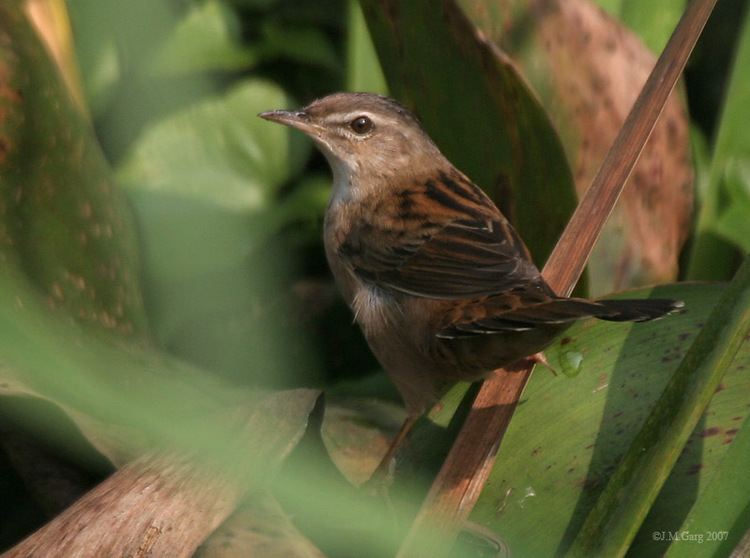 | ||
Similar Grass warbler, Bird, Lanceolated warbler, Spotted bush warbler, Black‑browed reed warbler | ||
Pallas s grasshopper warbler norfolk september 2001
The Pallas's grasshopper warbler (Locustella certhiola) is an Old World warbler in the grass warbler genus Locustella. It breeds in east Asia. It is migratory, wintering from India east to Indonesia, where it is a rare migrant in Sri Lanka.
Contents
- Pallas s grasshopper warbler norfolk september 2001
- Etymology
- Habitat
- Description
- Voice
- Subspecies
- References

Etymology
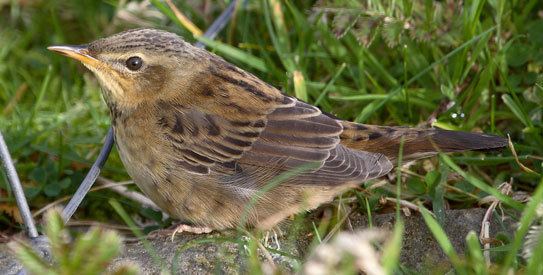
This bird was named after the German zoologist Peter Simon Pallas. The genus name Locustella is from Latin and is a diminutive of locusta, "grasshopper". Like the English name, this refers to the song of the common grasshopper warbler and some others in this genus. The specific certhiola is a diminutive from the genus Certhia, the treecreepers.
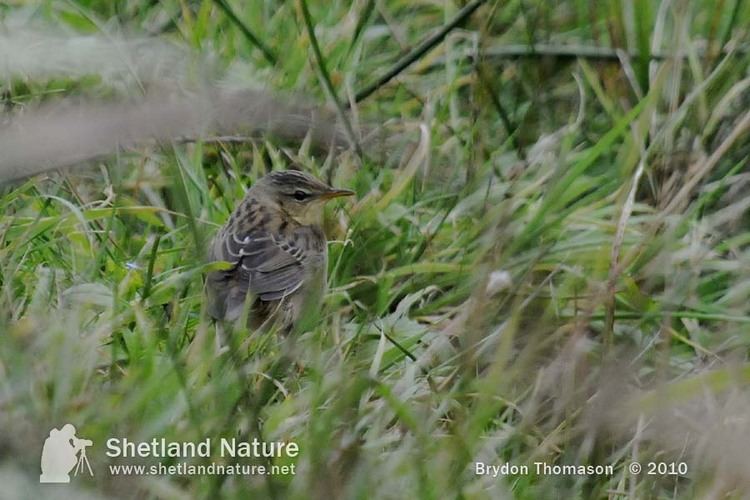
The sixth edition of Clements Checklist refers to this species as "Pallas's warbler", a name more commonly used for Phylloscopus proregulus.
Habitat
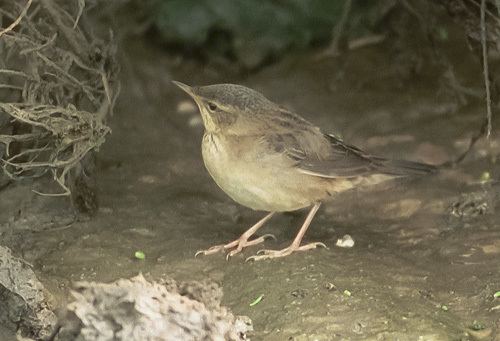
This small passerine bird is found in tall grass with some thicker vegetation, usually close to water in bogs or wet meadows. From 4 to 7 eggs are laid in a nest on the ground in grass. This species is a very rare vagrant to western Europe. One of the best places to see this skulking species as a vagrant is Fair Isle, Shetland; for a species that only rarely appears in western Europe, it can be found there with some regularity.
Description
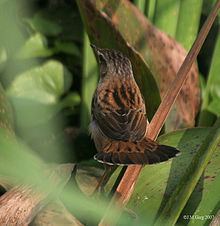
This is a medium-sized warbler. The adult has a streaked brown back, whitish grey underparts, unstreaked except on the undertail. The sexes are identical, as with most warblers, but young birds are yellower below. Like most warblers, it is insectivorous. It is very similar to the common grasshopper warbler, but is slightly larger, has white tips to the tail and tertial feathers, and a warmer brown rump. The white tips are the reason for its colloquial, mnenomic name of "PG Tips".
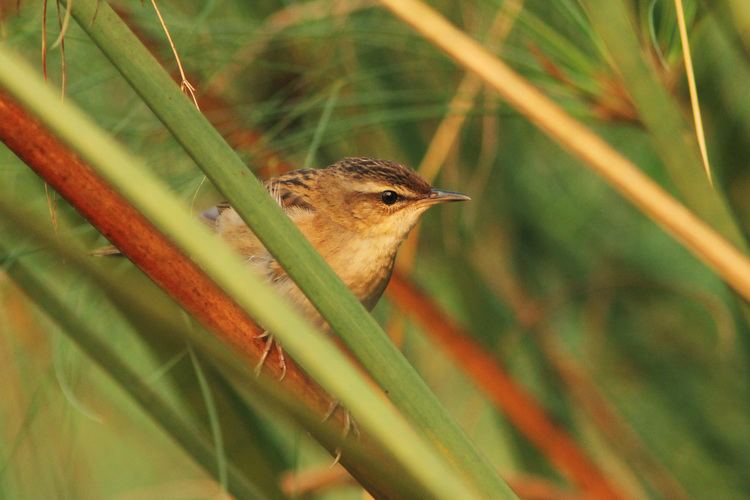
This is a skulky species which is very difficult to see except sometimes when singing. It creeps through grass and low foliage.
Voice
The song is not the mechanical insect-like reeling produced by the common grasshopper warbler and some other Locustella warblers, but an inventive Acrocephalus-like melody.
Subspecies
Four subspecies recognized.
